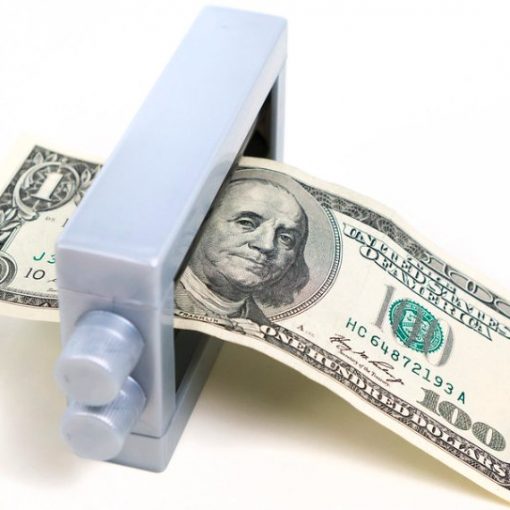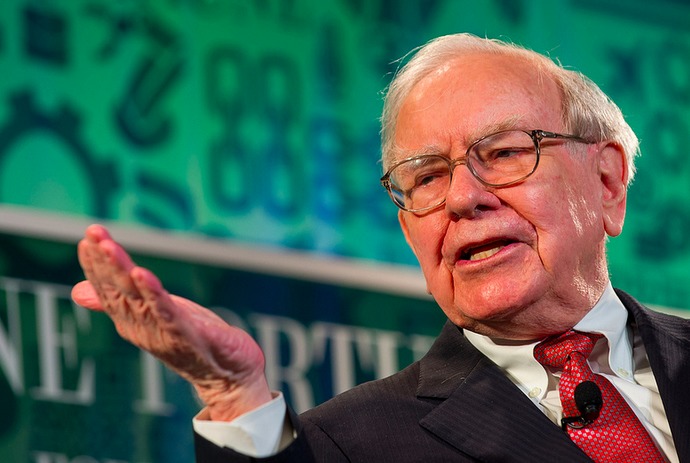2014 is coming to an end, and if anything is becoming crystal clear at the end of this year it is that economies around the world are deeply and intrinsically linked.
Since June a roller coaster of events has pushed up the price of the dollar against the ruble in Russia by 38%. This is the biggest increase since 1998 when the Russian ruble plummeted to historic records.
The main reason for ruble’s current fall is the drastic and quick decrease in oil prices. At least 35% of the Russian economy is funded by oil, without that income, Russia would have a deficit close to 10%.

Global Impact
This emerging problem is even more dramatic for smaller economies such as Venezuela and Colombia.
In Venezuela oil accounts for 95 percent of export earnings, when you combine this with gas earnings, it’s 25% of Venezuela’s gross domestic product.
In Colombia the situation is also becoming very critical. Oil makes up between 20% and 30% of Colombian exports and accounts for 4% of its GDP.
To put this emerging crisis in perspective, the Colombian 2015 national budget was calculated with an oil price of $98 per barrel, the price per barrel is now at $70 and trending lower, which means Colombia is now facing a budget deficit of $3.6 billion in 2015.
Chain reaction
If oil prices continue to decline, in my opinion these governments will get hit badly setting off an unfortunate chain of events.
First currency and government bonds will decline, as investors lose confidence in these governments and start pulling out money and hold off on any new investments.
As their currencies lose value, exporters across industries will begin to receive less money for the same goods they are producing, and as a consequence they will spend less in their own countries.
When they spend less, the whole economy is impacted and social unrest can emerge (which we have already seen in Venezuela).
Eventually these economies will enter into recession and an austerity programs will be necessary.
All this will happen while at the same time the US consumer economy benefits from cheap oil prices, and Americans start to spend more on a broader range of non-essential goods or services.
Market timing
These economies that benefited from the economic crisis in US that started in 2008, now see how things can go south quickly. As the US economy recovers and the dollar strengths, these economies will start to feel the pain.
Considering that oil prices will stay low for a while, I see a difficult 2015 for these international economies, and related energy stocks.
Oil companies’ prices will continue to go down (although not as quickly as in Q3 2014). But eventually they will stabilize. Sooner or later investors will realize how cheap these stocks have gotten and they will start accumulating again.
The price of these stocks will recover when the US economy improves further and the global central banks start increasing interest rates. In the U.S., that is expected to begin by June 2015 if everything goes as planned.
As the US economy gets healthier, productivity will increase along with demand for more energy. Ultimately, this will drive oil prices and energy stock prices up and that will be the perfect moment to cash out.
Long view
We won’t see this happening in the next few months, it may even take a couple of years to get there, but ultimately the gains can be rewarding.
With that in mind I will continue to hold to my positions in the sector for quite some time. Specially because dividends are high, and I’m positive they won’t go much lower than where they currently are.
In my opinion, if the Venezuelan economy collapses, that alone would be sufficient to send stock prices up again.
Every time there is a major economic crisis in a top oil producing country, oil prices tend to increase quickly. By the simple logic of the economics of supply and demand when a top producer is out, this means less available supply and higher prices.
In 2015 the energy sector will play a key role worldwide, which will definitely benefit the US, but there is one important principle that we still need to keep in mind… Too much of a good thing, is almost always a bad thing.
Portfolio performance
The return of the S&P 500 in November 2014 was 3%, as compared with 1.7% for myDividend Paying Large Caps portfolio. Year-to-date through the end of November my portfolio is up 6% as compared with 13.98% of the S&P 500.
In November Ralph Lauren (RL), Apple (AAPL) and Adidas (ADDYY) performed well. They were up 12.2%, 10.12%, and 10.10% respectively.
As I mentioned here, Ralph Lauren is a strong brand with little debt and a clear international strategy for expansion.
Apple continues to be having a good moment after releasing the new and very well received iPhone 6 in September. The company also announced the new Apple watch for next year, and it seems that they are building a new momentum.
Finally Adidas is recovering after the stock decline among European stocks in September and October.
Adidas is -40.8% YTD due to continuing weakness of emerging-market currencies as compared with the Euro (in particular the Russian Ruble as Russia is one of the most profitable regions for Adidas), and restructuring at TaylorMade-Adidas Golf.
It may take some time to recover, especially as the Russian economy contracts in 2015, but I believe it will be worth the wait. Adidas is a strong brand with a wide international presence.
Losers
In November, my worst performing stock was Ecopetrol (EC), down -24.3%. Because of this, my portfolio underperformed the S&P 500 index for the month.
Ecopetrol is one of the largest oil conglomerates in the world that has been affected because of the drop in oil prices and devaluation of the Colombian currency.
Patience will be required before we see this stock hopefully climbing back to the $60’s of 2012. I outlined above why I plan to hold on to it for a while longer.
It also doesn’t hurt that the company is paying a healthy dividend of 11.6% in my opinion, though future dividends aren’t guaranteed.
Photo credit: Pete Markham via Flickr Creative Commons
DISCLAIMER: The investments discussed are held in client accounts as of November 30, 2014. These investments may or may not be currently held in client accounts. The reader should not assume that any investments identified were or will be profitable or that any investment recommendations or investment decisions we make in the future will be profitable. Past performance is no guarantee of future results.




